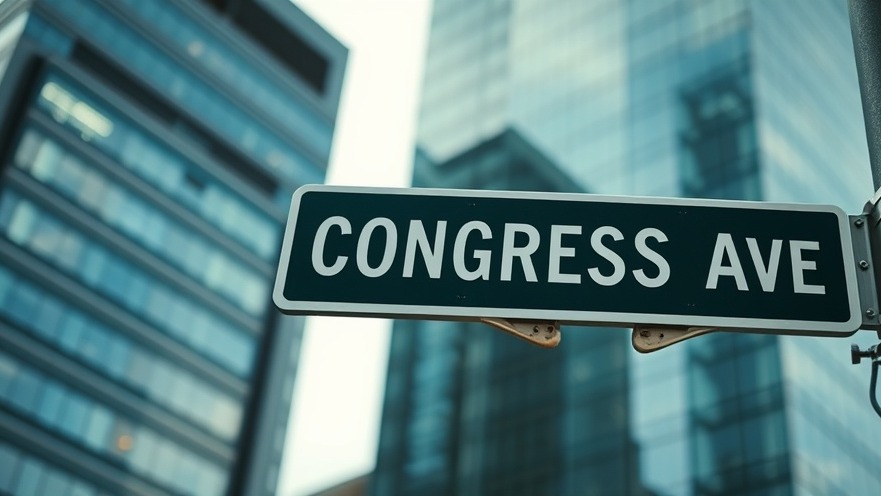
Your Voice in Austin's Mobility Future
Austin is gearing up for significant changes as it prepares for the 2026 Bond election, and residents are more influential than ever. The focus on community input reflects a growing recognition of local voices in shaping the city's infrastructure and mobility strategies. From highways to bike lanes, every Austonian has a role in determining how taxpayers' dollars will be invested to improve transportation in the city.
The Importance of Community Engagement
Community engagement isn't just a buzzword; it's essential for developing meaningful and effective local policies. By involving citizens in decision-making processes, the Austin City Council can align development projects with the real needs of the community, ensuring that improvements resonate with those they are designed to benefit.
Recent studies highlight the socio-economic benefits of inclusive policymaking, suggesting that cities with strong community involvement generally see higher satisfaction rates among residents. As Austin continues to grow, this model may be crucial for maintaining quality of life.
Key Mobility Projects on the Horizon
Knowing the projects anticipated for funding helps citizens voice their preferences effectively. For instance, the city's plans to enhance its public transit system could benefit from the extended bond funding, allowing for upgraded facilities and expanded routes. Additionally, improvements to pedestrian infrastructure are under consideration, which could boost safety and accessibility for all.
Moreover, bike lanes are becoming more critical in urban planning. With an increase in discussions around sustainability, promoting cycling as a transportation option can ease traffic congestion and reduce carbon emissions—an important agenda for many Austin residents.
Understanding the Bond's Impact on Local Development
The 2026 Bond will allocate funds that can impact various sectors, from public transportation to public safety. Insights from previous bond measures have shown diverse impacts, such as job creation in construction and service sectors, which are pivotal during uncertain times in the economy. With inflation affecting many cities' budgets, strategic investments now could help mitigate future costs.
The Future of Austin Mobility: Predictions and Opportunities
As we look towards the future, predictions suggest that Austin will continue to expand, presenting both challenges and opportunities in mobility planning. Experts predict an increase in demand for more integrated transportation systems that combine public transit, biking, and walking paths. Citizens can influence these outcomes by voicing their preferences now, ensuring a cohesive vision for Austin's transportation future responsive to the city's growth patterns.
Empowering Yourself in the Decision-Making Process
Understanding how the bond process works is vital for civic engagement. Residents should familiarize themselves with upcoming public hearings where they can express their views. Tools like community meetings, city newsletters, and online forums simplify this process, making civic participation more accessible.
Moreover, influencing local government decisions is not just about voicing opinions; it's about becoming informed advocates. Engaging in discourse over city projects prepares citizens to argue effectively for the transportation investments they believe will benefit their community.
Conclusion: Make Your Voice Heard!
As Austin prepares for its 2026 Bond election, residents have an unprecedented opportunity to shape their city’s future. It’s essential for individuals to understand the stakes involved and participate actively. Engaging in this civic process not only empowers you but also strengthens the community as a whole. Let your voice be the catalyst for meaningful change in Austin's mobility strategies. The pathway to a better, more accessible Austin begins with you!
 Add Element
Add Element  Add Row
Add Row 



 Add Row
Add Row  Add
Add 


Write A Comment